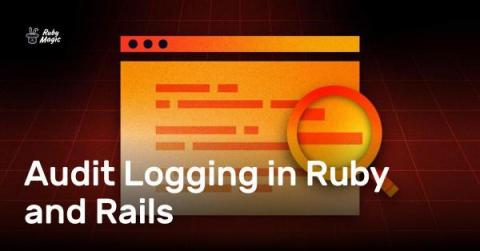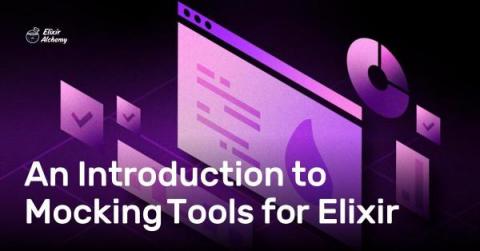Test Data Libraries for Elixir
In part one of this series, we introduced Elixir test factories and fixtures. Then in part two, we explored using data generation functions. Now we'll look at some of the best Elixir libraries to use for your test data. But before we do, let's quickly discuss why test data libraries can be helpful.











